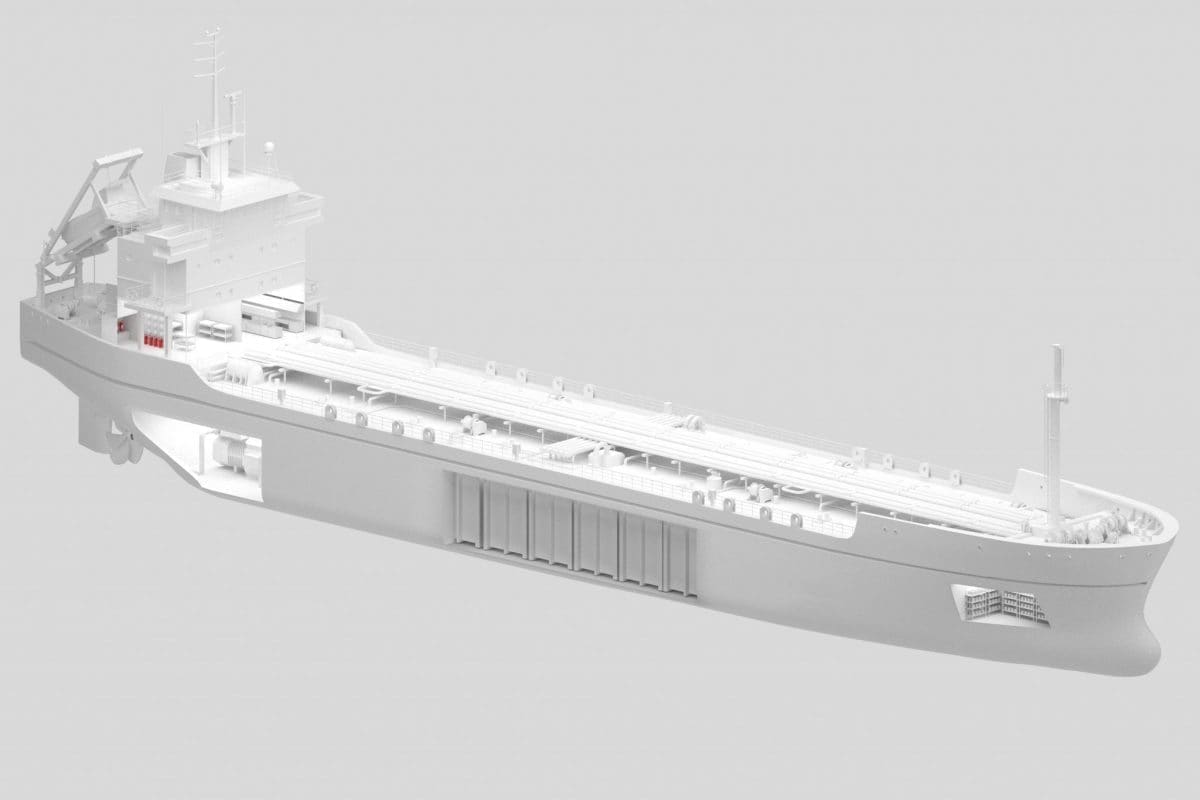Many years of experience in the maritime sector, engineering knowledge and a complete range of products and services allow us to optimally choose and make fire protection systems for any vessel, depending on its features and applicable regulations. We will design and install gas fire extinguishing systems (CO2, inert gases, FK-5-1-12, FM-200® or FE-36TM), dry-powder systems and fixed water or foam systems for all kinds of ships, ferries, boats, yachts or catamarans, and also for the port and harbour infrastructure.
We offer top quality servicing of the existing fire suppression systems. We make inspections, maintenance and repairs of fixed fire extinguishing systems, including CO2, inert gases, NovecTM 1230 or F-gases (FM-200® i FE-36TM), dry-powder and foam systems, and water extinguishing systems: sprinkler, drencher or water mist.
We provide inspections, maintenance and repair of all portable fire-fighting equipment certified for fire protection at sea, in particular CO2 units and extinguishers, dry-powder, water-foam extinguishers, portable foam applicators and fire-fighting fittings (hoses, couplings, monitors).
We also provide accompanying services such as hydraulic tank tests, filling the tanks with a new medium, analysis of foaming agents or inspection of valves.
We ensure a comprehensive service in the area of coordination of all rescue equipment on board of a ship and the LSA maintenance and management. We identify the customer needs and hire certified partners who effectively fulfil these needs. We check the validity of certificates and plan interventions.
We supply new products and provide inspection, maintenance and repairs of portable rescue equipment on vessels, particularly breathing apparatus, escape apparatus, resuscitators, immersion suits, chemical suits, air compressors or gas detectors.
In addition, we offer consulting, advice and training in the area of fire safety on vessels and at maritime shore facilities.
Our services for the maritime sector are provided based on the Servicing Station Approval Certificate issued by the Maritime Office in Gdynia and approval certificates from majority of European and world classification societies, inter alia Polish Register of Shipping, American Bureau of Shipping, Lloyd’s Register, RINA, Bureau Veritas, DNV GL.
